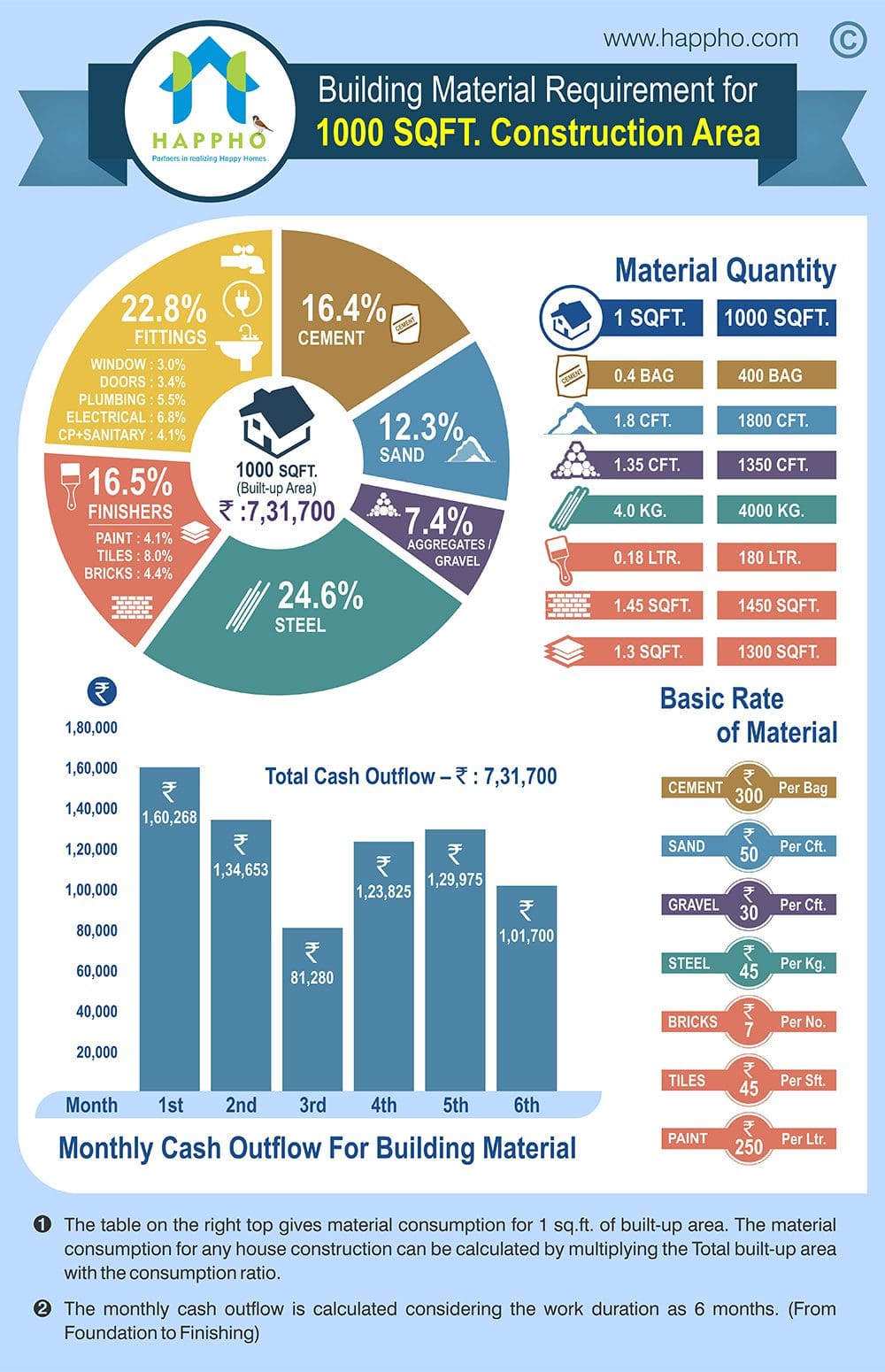Variables To Consider For Business Outside Paint By Period: Essential Info You Must Have
Variables To Consider For Business Outside Paint By Period: Essential Info You Must Have
Blog Article
Post Composed By-Korsholm Decker
When you're planning a commercial external painting task, seasonal factors can make or damage your results. You'll wish to consider exactly how temperature and humidity effect paint application and drying out times. Choosing the appropriate period can ensure your paint adheres properly and lasts longer. However which periods are absolutely the most effective for this sort of job? Let's explore the key elements that can impact your task's success.
The Influence of Temperature on Paint Application
When you're intending an industrial external painting project, the temperature can substantially impact exactly how well the paint sticks and dries out.
Preferably, you intend to repaint when temperature levels range in between 50 ° F and 85 ° F. If it's too cool, the paint might not treat effectively, bring about issues like peeling off or cracking.
On the flip side, if it's also hot, the paint can dry out too rapidly, avoiding proper bond and causing an unequal surface.
You should likewise think about the moment of day; early morning or late afternoon supplies cooler temperatures, which can be much more beneficial.
Constantly examine the supplier's recommendations for the particular paint you're utilizing, as they commonly supply assistance on the optimal temperature level array for optimal results.
Moisture and Its Effect on Drying Times
Temperature isn't the only ecological element that influences your industrial outside painting job; moisture plays a significant role as well. High moisture levels can decrease drying times considerably, impacting the overall quality of your paint job.
When the air is filled with wetness, the paint takes longer to cure, which can lead to concerns like inadequate adhesion and a greater risk of mold growth. If you're painting on a specifically damp day, be gotten ready for extended wait times in between layers.
It's critical to keep an eye on regional weather conditions and plan appropriately. Preferably, go for humidity degrees between 40% and 70% for optimal drying out.
Keeping these factors in mind ensures your project remains on track and provides a long lasting coating.
Best Seasons for Commercial Outside Painting Projects
What's the best season for your industrial external painting jobs?
Spring and early autumn are generally your best choices. Throughout https://www.homesandgardens.com/interior-design/paint/how-to-prepare-walls-for-painting , temperatures are light, and humidity levels are often lower, developing suitable conditions for paint application and drying.
Avoid summer season's intense heat, which can trigger paint to dry as well promptly, causing poor adhesion and surface. Similarly, winter season's cold temperatures can impede appropriate drying out and healing, running the risk of the long life of your paint task.
Go for days with temperature levels in between 50 ° F and 85 ° F for optimum results. Keep in mind to check the regional weather report for rain, as damp conditions can wreck your task.
Preparation around these variables ensures your paint project runs efficiently and lasts much longer.
Final thought
In conclusion, planning your industrial outside painting projects around seasonal factors to consider can make a considerable difference in the result. By scheduling job throughout the optimal temperatures and moisture degrees, you'll guarantee much better attachment and drying times. Keep in mind to watch on neighborhood weather report and select the right time of year-- springtime and early fall are your best choices. Taking these actions will certainly assist you attain a long lasting and expert coating that lasts.
